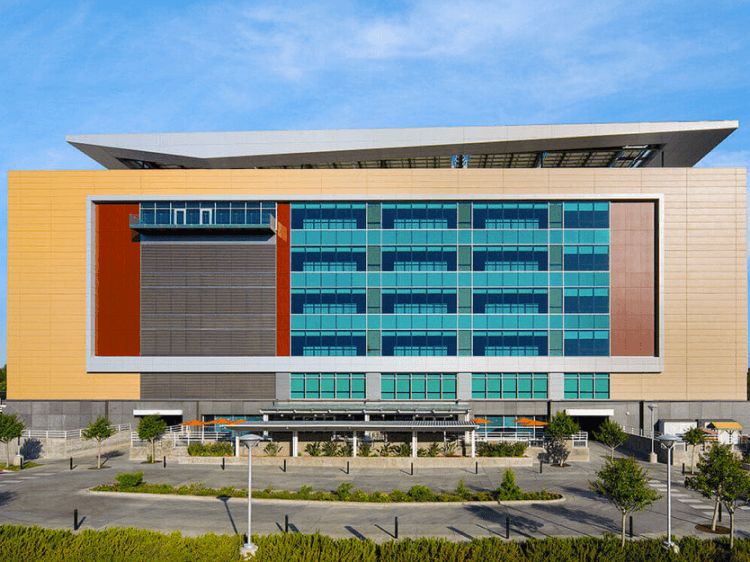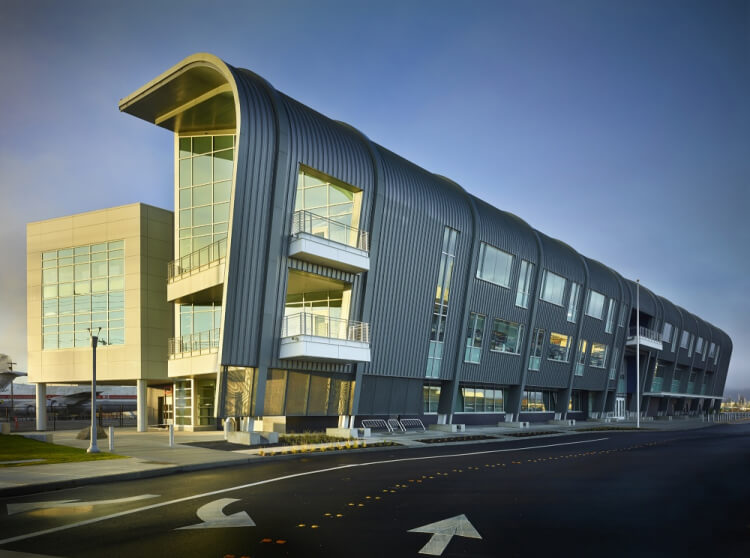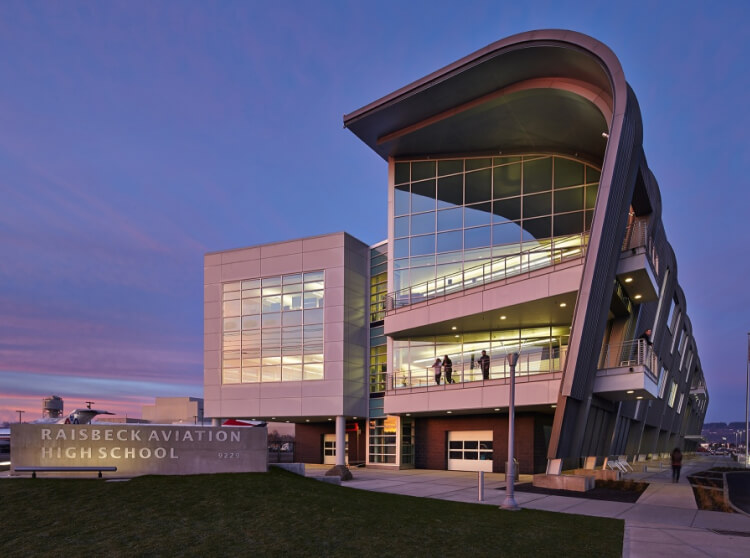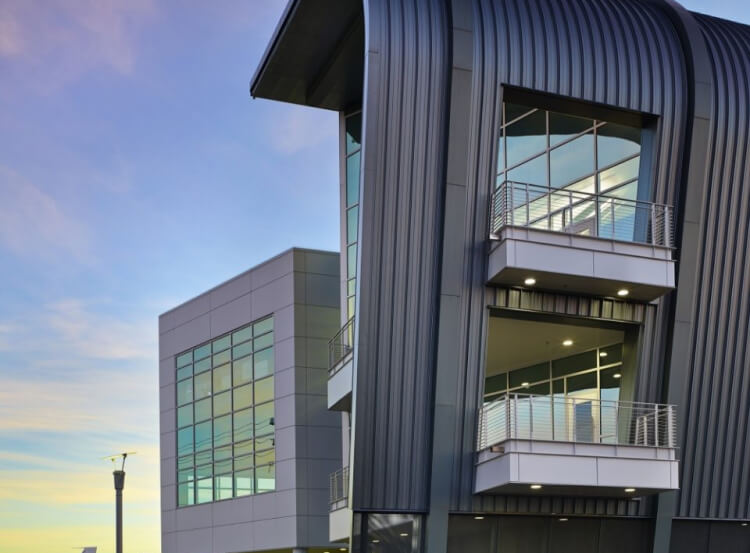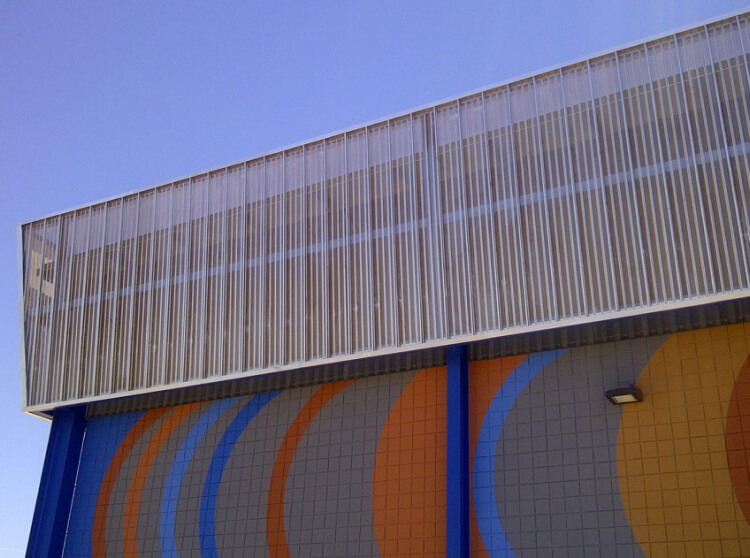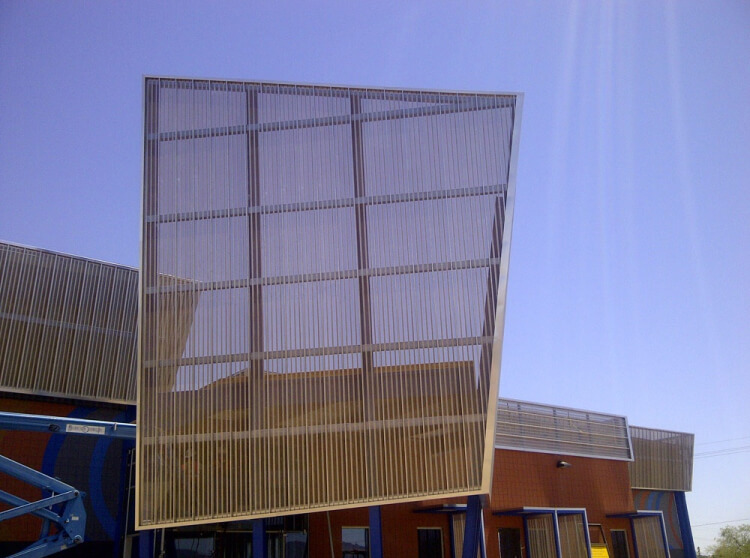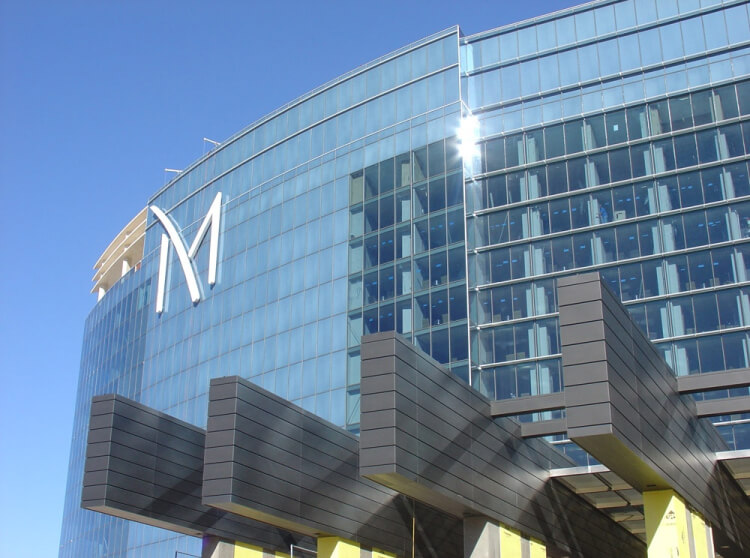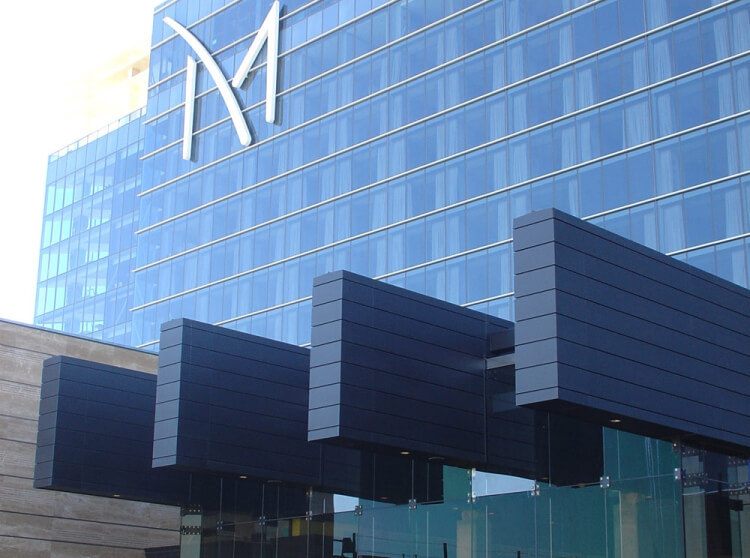Metal Rainscreen Cladding Systems
Insulated Rainscreen Systems
For projects requiring enhanced thermal performance, ASI’s insulated metal rainscreen systems provide the perfect solution. These systems incorporate a layer of high-performance insulation behind the cladding, ensuring optimal energy efficiency while maintaining the sleek aesthetics of metal rainscreen cladding. Insulated systems are particularly beneficial for commercial and institutional buildings looking to reduce energy costs and meet stringent environmental standards.
Superior Thermal Performance
Our insulated metal rainscreen systems excel at maintaining internal temperatures, reducing the need for extensive HVAC usage and lowering energy bills. The insulation layer ensures that buildings remain comfortable in both hot and cold climates.
Enhanced Weather Protection
With an integrated ventilation cavity and high-performance insulation, these systems effectively manage moisture and prevent water infiltration, safeguarding your structure against weather-related damage.
Architectural Versatility
Available in a range of colors, finishes, and textures, our insulated rainscreens allow for creative design without compromising functionality, making them a perfect choice for striking building exteriors.
Non-Insulated Rainscreen Systems
ASI also offers non-insulated metal rainscreen systems for projects that prioritize lightweight design and cost-effectiveness. These systems deliver the same durability, weather resistance, and aesthetic appeal as insulated options but are ideal for applications where additional thermal performance is not a primary concern. They are an excellent choice for decorative façades, interior accent walls, or climates with mild weather conditions.
Cost-Effective Cladding
Non-insulated metal rainscreen systems provide a budget-friendly solution for projects requiring exceptional durability and aesthetics without the added expense of insulation.
Reduced Maintenance
These systems resist dirt, debris, and environmental wear, ensuring a pristine appearance with minimal upkeep. Their robust construction reduces the likelihood of repairs or replacements over time.
Lightweight and Easy Installation
The streamlined design of non-insulated panels makes them simple to install, cutting down on labor costs and project timelines while ensuring a high-quality finish.
Ready to Elevate Your Next Project?
ASI offers a curated selection of top-quality metal rainscreen systems designed to meet the diverse needs of today’s construction industry. Our products combine superior performance, cutting-edge design, and environmental responsibility. Contact us today to learn more about how our metal rainscreen cladding can elevate your next project.






%201.png)
%201.png)
%201.png)

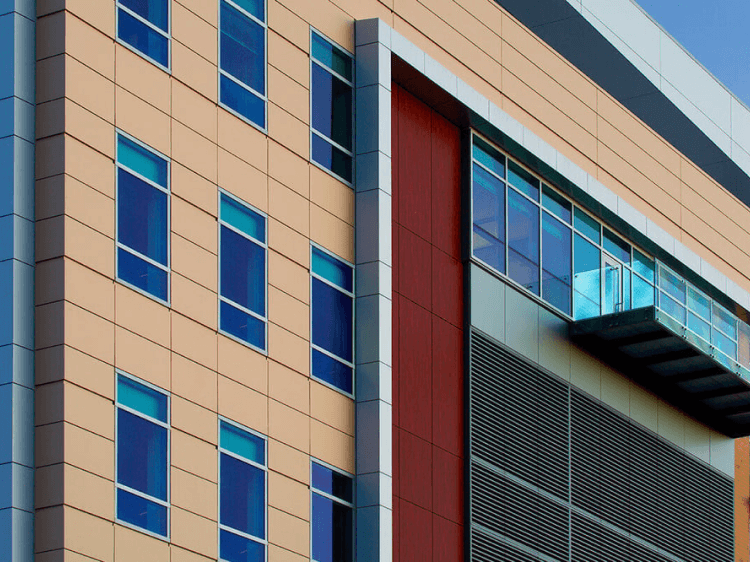
%201.png)
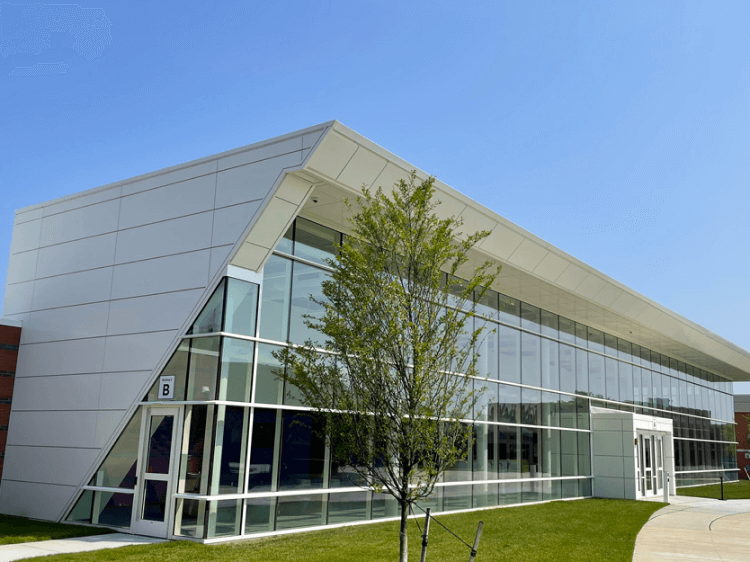
%201.png)
%201.png)
%201.png)
%201.png)
